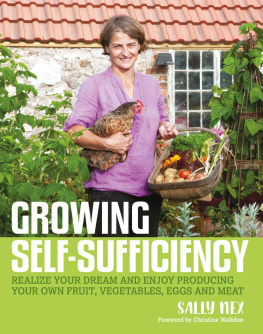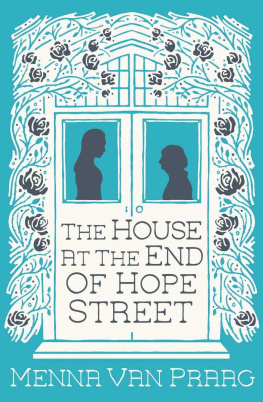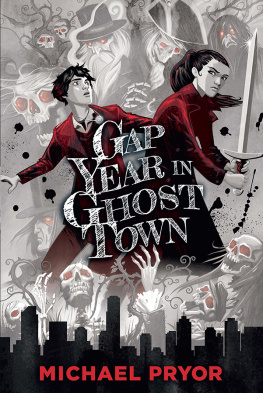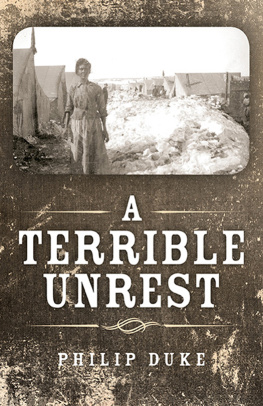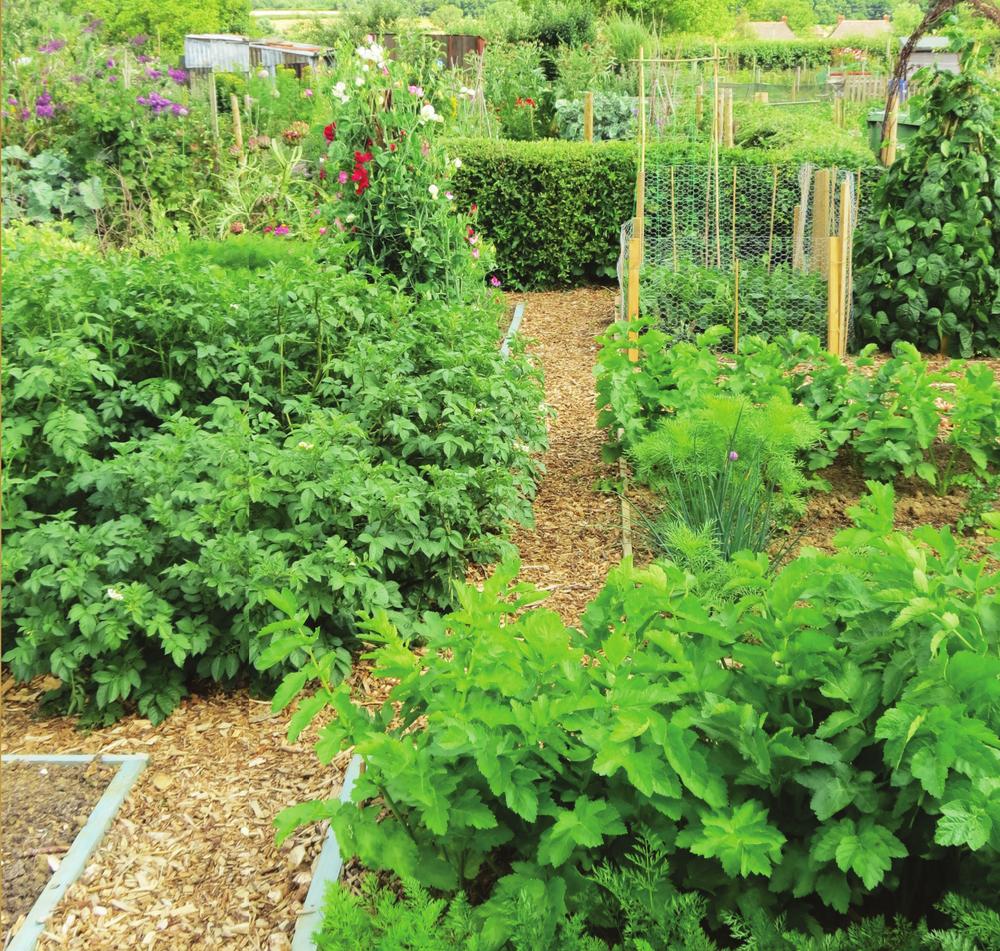This has been a lifetimes journey, so Id have to write another book to give due credit to everyone who has helped me along the way: gardeners are an amazingly helpful and generous bunch, and I am constantly humbled by how willing everyone has been to share their knowledge, experience, wisdom and time.
Particular thanks must go to the following people and organizations. Naomi Schillinger, for her cheerful generosity and patience in the face of recalcitrant chickens; Angela Sharp, for her limoncello recipe; Abigail Norton; Zoe Lynch; Claire Pearce; Andrea and Clive Woods; Michelle Wallbridge; Starchild in Glastonbury, for their permission to take photos in their magical shop; the Royal Horticultural Society, whose flower shows have provided years of inspiration; the National Trust; River Cottage, Devon; Sarah Garland, my oracle on all things herbal; Surrey Docks Farm, London; the Brighton & Hove Food Partnership; the allotment holders of South Petherton; Su Johnston and all at Grace & Flavour Community Garden; and Combe St Nicholas Primary School.
Id also like to thank the infinitely patient and good-humoured team at Green Books. Niall, Alethea, Jayne, Sheila and Lindsey: you all deserve a medal.
I remember well taking home from my allotment my first crops, for my mother to cook; then the enjoyment of eating fresh food that I had grown myself, knowing exactly what had happened to it and what had been put on it. I was eleven years old. That thrill remains with me to this day, and it is clear from the enthusiasm that leaps from these pages that Sally gains the same satisfaction from being as self-sufficient as possible.
Sally writes from a practical point of view, not only showing the novice how to make a start but also including plenty to make the more seasoned gardener challenge conventional ways of producing food. She shows how even without a garden you can go a long way to providing for yourself from window boxes and containers.
Written in an easy-to-follow manner and full of handy tips, this book should inspire and reassure first-timers who may be experiencing problems. Advice born of hard-earned experience encourages all to have a go and to think about where their food, drink and medicines come from. For the experienced reader who is really getting to grips with this way of living, there are interesting ideas, recipes and suggestions for crops, products and growing methods.
Sally questions the loss of seasonality in modern eating habits, highlighting the value of good storage methods to ensure continuity of supply throughout the year. She explains how to keep your crops going by saving your own seed and propagating your own plants.
For some time now, many people have been turning away from the rush and bustle of modern life. They are aware of what has gone into the food we obtain from many supermarkets. They are more inquisitive, searching and discerning, and wish to return to food that is truly fresh, without contamination in any sense. This book provides many of the answers to questions that are being raised, and will inspire you to embrace a lifestyle that is achievable in todays world. Happy growing to you all.
Christine Walkden
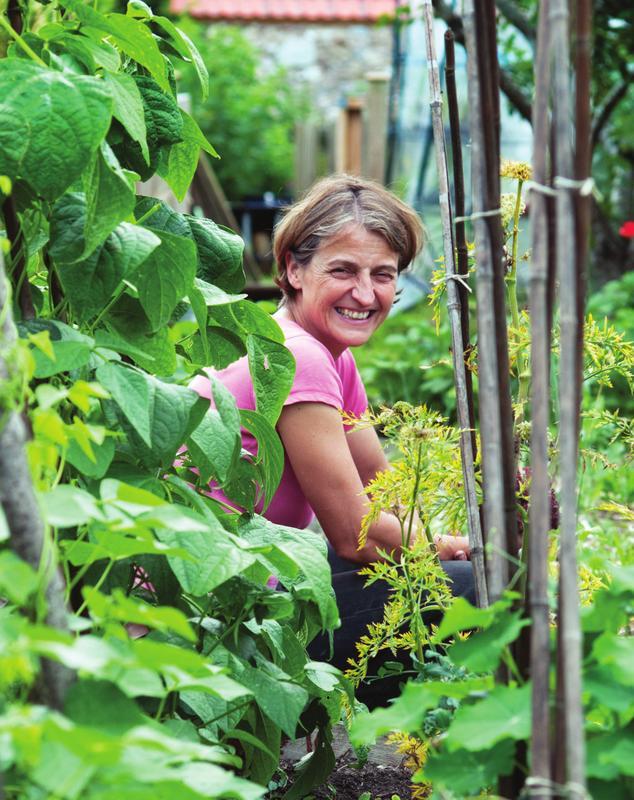
I didnt intend for this to happen. I used to grow delphiniums, roses and clipped box hedges. I worried about tulip combinations (well, I still do that a bit). I started growing a few veg just for a laugh, really just to see if I could. I realized, a few mouthfuls too late, how easy it can be to get hooked beyond salvation after eating a handful of fresh broad beans from my first experimental veg bed: a decidedly bijou sliver of earth spared, rather grudgingly, from my already small and overstuffed London garden.
Those half-dozen broad bean plants were the start of everything. It wasnt long before I had French beans up the fences; herbs shoehorned into a patio where you fought the tomatoes and salads for leg room before you could sit down. I yearned for the kind of space where I could grow whole meals from the garden enough room to pick and eat everything my family needed for the kitchen, fresh and as nature intended it to be.
Taking control of your own food is one of the easiest ways to tread lighter on the earth: as easy, in fact, as planting a seed. At a stroke, armed with nothing more high-tech than a row of beans, you can step gracefully off the global merry-go-round of plastic packaging, food miles, waste, intensive agriculture, soil degradation, habitat loss, neonicotinoids and poisoning yourself and your family with the cocktail of chemicals poured daily on the fresh food on supermarket shelves.
And best of all, its not the all-or-nothing choice so many make it out to be. Self-sufficiency in at least some of our food is within reach of us all, wherever we live, whatever we do: no lifestyle change required. You dont have to give up the day job and go live on a smallholding in the hills; nor is it compulsory to gut rabbits on the kitchen table (unless you really want to).
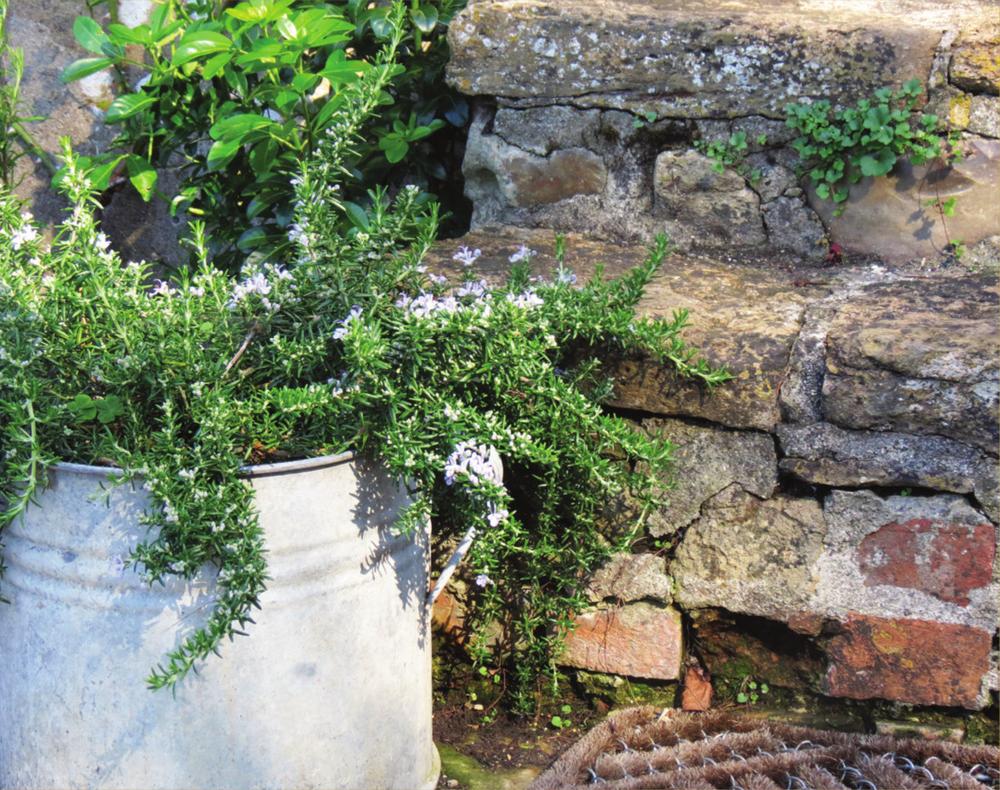
One plant in a pot and youre self-sufficient in rosemary.
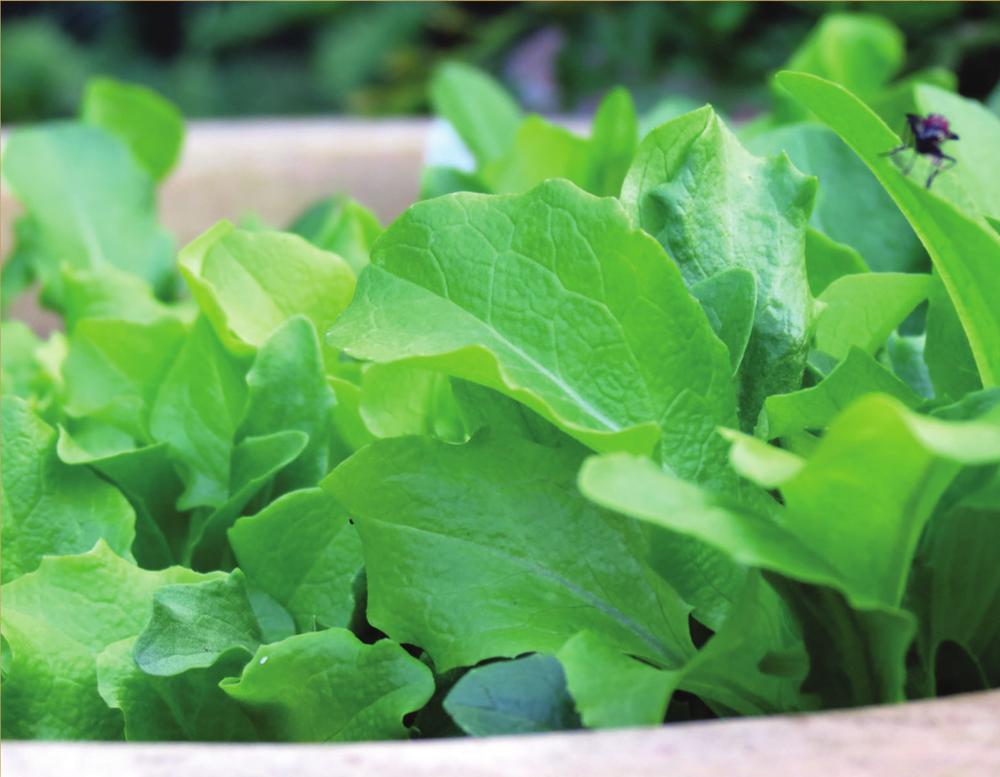
A few roomy containers will provide all the salad you can eat.
Plant a chilli pepper in a pot on your windowsill, and suddenly you can have fresh chillies all summer, and dried ones all winter too. Save some seed, and youve got chillies for as long as you want them. Rosemary is another one: you need just one plant, as its evergreen, and long-lived, so you can pick it year-round pretty much indefinitely. Its perfectly happy in a pot too. You see you dont even need a garden.
Or perhaps you want to wean yourself off your bagged salads habit (quite apart from the plastic packaging and food miles required to get them to the supermarket, the chemicals theyve been drenched in to keep them fresh include powdered fruit acids and chlorine). Sow three containers, a month apart, with a baby-leaf seed mix and youve got your own totally organic, natural supply ready for the picking, 12 months of the year. You dont have to worry about whats happened to it before it reached your plate, and youve achieved a level however modest of proper self-sufficiency.
It is a bit addictive. Supplying your own needs through your own efforts seems to waken some deep, atavistic instinct that is hard to suppress again. Perhaps its the caveman hard-wired into our genes but all I can say is that growing your own food is deeply, deeply satisfying, and once youve taken the first step towards providing for yourself youll just want to keep adding more to the list of things you can produce for yourself.
Achieving self-sufficiency in most of the fresh foods you eat is really a matter of good old-fashioned vegetable gardening. There is a subtly different mindset required, though: instead of growing a few beans for fun, to supplement your diet, you have to think in terms of supplying produce to keep you going year-round. That takes a more belt-and-braces approach. You spend a lot of time planning, and develop a slightly obsessive attention to detail. It is a little scary that I know the average number of cabbages my family eats in a year. But I need to, so I can grow that number no more, or Im wasting valuable growing space, and no fewer, or we go without cabbage.

